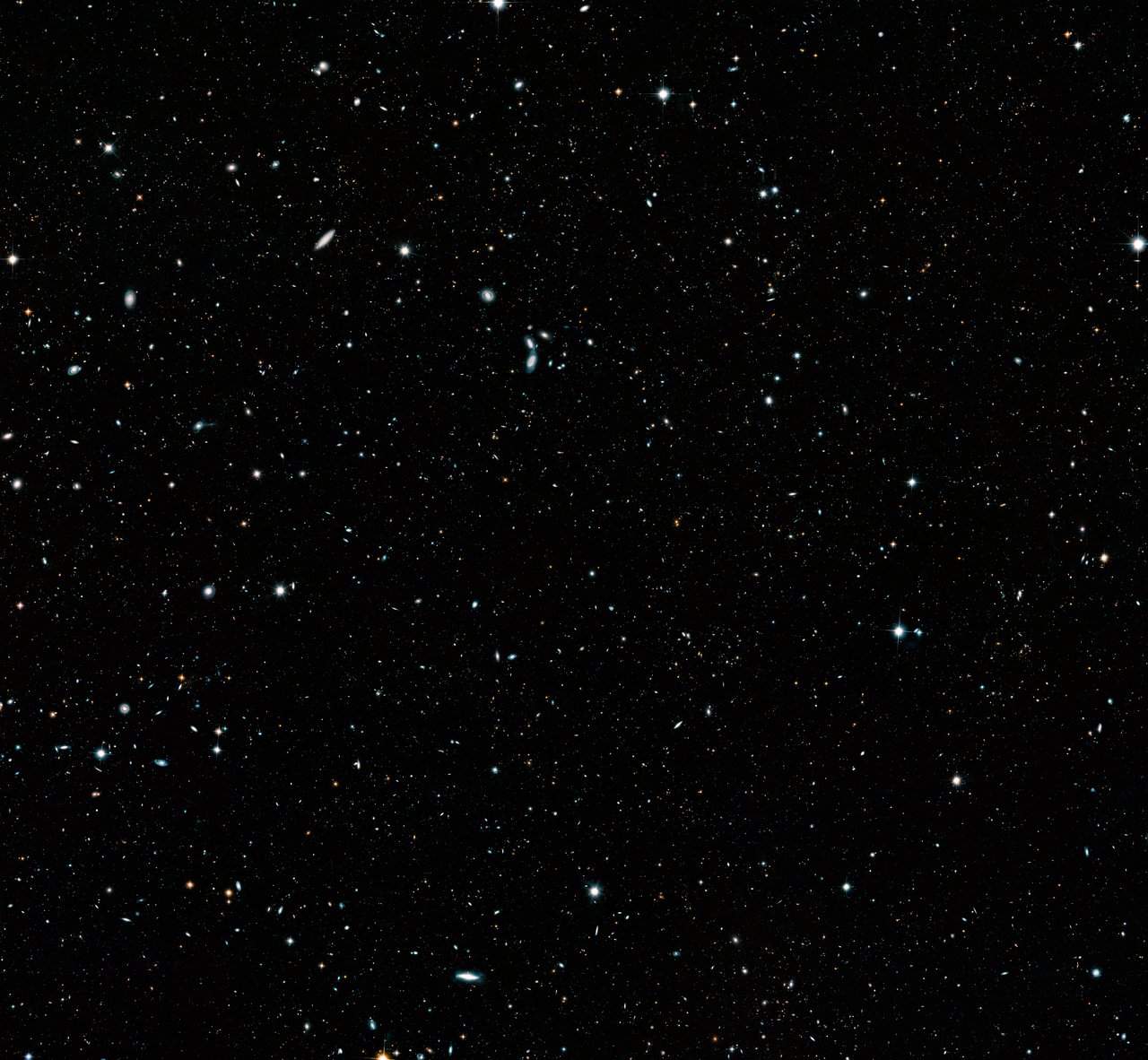
This stunning image shows an incredible 265,000 galaxies, stretching back in time to the early universe 500 million years after the Big Bang.
The image is a mosaic of different images captured by the Hubble Space Telescope as part of its deep-field surveys, arranged into a giant overview called the Hubble Legacy Field. The first of these surveys was the 1995 Hubble Deep Field survey, followed by the 2004 Hubble Ultra Deep Field and the 2012 Hubble eXtreme Deep Field. In total, 7,500 separate exposures went into creating this first Hubble Legacy Field image.
“Now that we have gone wider than in previous surveys, we are harvesting many more distant galaxies in the largest such dataset ever produced,” Garth Illingworth of the University of California, Santa Cruz, leader of the team that assembled the image, said in a statement. “No image will surpass this one until future space telescopes like James Webb are launched.”
The wavelengths shown in the image range from ultraviolet to near-infrared, which allows astronomers to visualize the many different features of the galaxy through time. Some of the galaxies shown are incredibly faint because they are so far away, giving off light that is just one ten-billionth of the brightness visible to the human eye.
“One exciting aspect of these new images is the large number of sensitive color channels now available to view distant galaxies, especially in the ultraviolet part of the spectrum,” explained team member Rychard Bouwens of Leiden University in the Netherlands. “With images at so many frequencies, we can dissect the light from galaxies into the contributions from old and young stars, as well as active galactic nuclei.”
The Legacy Field image and other deep-field images show the expansion of the universe, giving astronomers clues to the state of the early universe and the way that it evolved over millions of years. New telescopes like the upcoming James Webb Telescope will allow astronomers to look even deeper into space, learning more about the development of galaxies through time.



